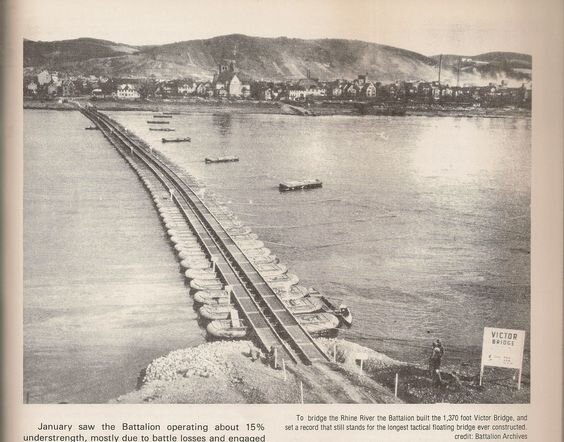1944 'RESTRICTED' Combat Engineers Floating Bridge Blueprint Book Rhine River Normandy


















1944 'RESTRICTED' Combat Engineers Floating Bridge Blueprint Book Rhine River Normandy
This incredibly rare 1944 ‘RESTRICTED’ limited print count combat engineers book is in near mint condition as it contains unseen data and constriction blueprints for how to construct floating bridges. These floating bridges were most notably seen in the European Theater as they transported infantry, tanks, and supplies over rivers. The most famous examples of these floating bridges are seen in D-Day Normandy photographs as supplies and tanks were offloaded on the shores. These Mulberry harbors were temporary portable harbors developed by the United Kingdom during the Second World War to facilitate the rapid offloading of cargo onto beaches during the Allied invasion of Normandy in June 1944. After the Allies successfully held beachheads following D-Day, two prefabricated harbours were taken in sections across the English Channel from the UK with the invading army and assembled off Omaha Beach (Mulberry "A") and Gold Beach (Mulberry "B"). These floating bridges are also seen again in very famous photos of the Rhine River where in 1945, the 107th Combat Engineers built the longest pontoon bridge in history, across the Rhine, allowing the Allies to enter Germany.
This rare blueprint book shows data regarding the weight-bearing limits, construction supplies, metric data. and construction blueprints for how to properly construct a floating bridge. This book is also named to a WWII European Theater combat engineer by the name of C. W. Hemphill.
This is an incredible piece of WWII history with rare information!